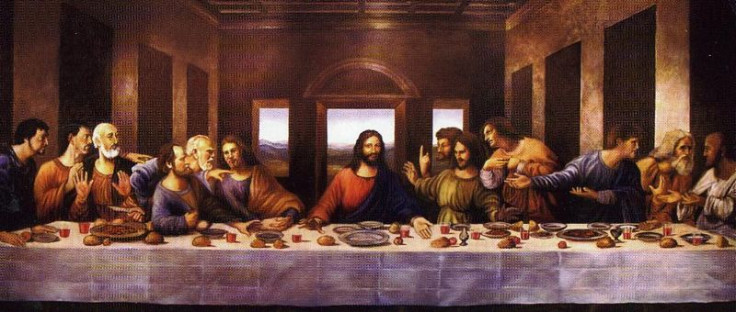After Two Thousand Years - Has Holy Grail Been Found?

Two historians claim they have proof that the 'Holy Grail' – the onyx goblet from which Jesus drank at the Last Supper – has been discovered at a little museum in Leon, northern Spain. Ironically for such a mystical object, whose very name has become synonymous with impossible searches, it was on public display the whole time – right under the public's nose.
Covered in emeralds, pearls, sapphires and amethysts, the mediaeval chalice has sat on display at the Basilica of San Isidoro in Leon for a thousand years. In a new book, 'Kings of the Grail', historians Margarita Torres and Jose Ortiza del Rio say there is 'no doubt' that hidden inside the chalice is the very cup that touched the lips of Jesus – and they claim to have unearthed two "ancient scrolls" from Egypt to prove it.
According to the scrolls, written in Arabic, the goblet was stolen from Jerusalem by Muslims. Much later, in around 1050, it was presented to King Fernando I of Castile in thanks for helping Egypt during a famine. By now it had acquired an ornate covering which the Egyptian kings designed to honour Fernando, who was apparently well-liked.
The only chalice that could be considered the chalice of Christ is one which went via Cairo to León, and this chalice did so
King Fernando in turn gave the chalice to his daughter Queen Urraca. Perhaps not understanding its significance, the chalice was kept in storage for almost a thousand years and then put on show when the museum opened in the 1950s.
Torres explains: "This is a very important discovery because it helps solve a big puzzle. We believe this could be start of a wonderful stage of research."
The Leon chalice is the latest of over 200 objects which each at some point have been claimed to be the Holy Grail. The Valencia Chalice used by Popes, the emerald chalice at Genoa and another chalice at Montserrat Abbey near Barcelona have all been said to be Christ's cup. So far all have ended up disappointing historians – though possibly not their owner's bank managers.
© Copyright IBTimes 2025. All rights reserved.






















